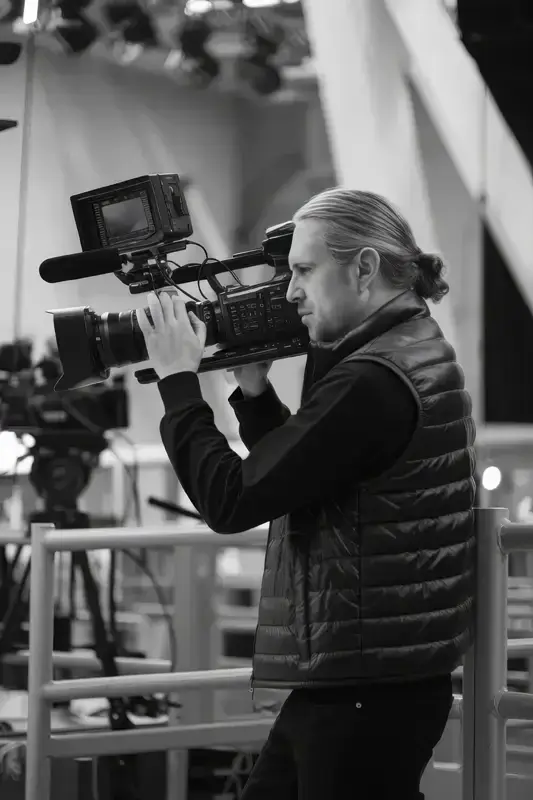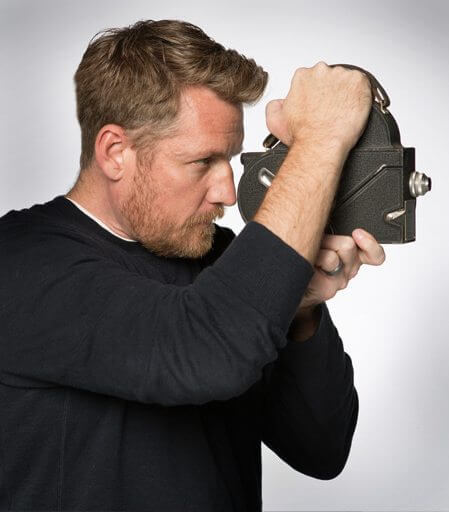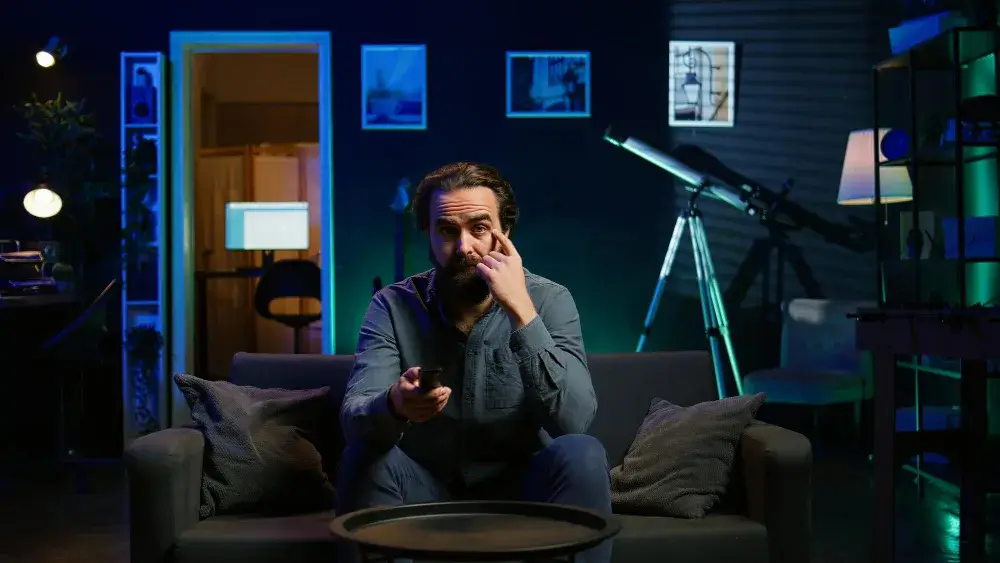“Time is money,” said Benjamin Franklin. Time costs money and money buys time. This is the way the world of business operates, especially in the entertainment industry. While someone may have an incredible vision, a vision cannot be realized without the proper resources. Budget cutting must be done wisely and strategically to not kill the entire concept of the project.
The return on investment (ROI) of a video is directly tied to how smartly its budget is spent. From client satisfaction to viewer engagement, even the smallest cost-saving or overspending decision can ripple into the overall effectiveness of the final product.
In the first installment of our budgeting series, we addressed budgeting issues that commercial production crews face. But what about the budget cuts a client needs to worry about?
Skystorm Executive Producer, Rob Micai, talks about how to ensure your final video lives up to your original concept without breaking the bank or compromising on quality.
Read more: Live Video Production Technology: Bullet Time for Events

Key Areas Where Video Production Budgets Can Be Trimmed
How much do you and the client discuss budgeting before getting started on production?
Rob: “Budget is one of the first questions we ask when facing any new project. We can quickly establish the reality of the situation and start planning our creative accordingly.”
Open discussions about a project’s goals and what it takes to achieve them are essential for building trust between a client and a vendor. Seasoned producers looking to create the best product and build a long-term relationship are more interested in seeing your money go on the screen than in paying extra people to show up on a shoot day.
Areas like unnecessary crew members, excessive shooting days, and redundant equipment rentals are where clients can safely trim fat from their budgets. If certain positions aren’t necessary, they shouldn’t be included. However, if they are listed, chances are they are there for a good reason.
Once productions are delivered successfully, a level of trust is established. That means less time spent justifying each cost on future projects.
Rob: “Clients shouldn’t have to worry about things like crew or equipment that’s our job. It’s important to work with a production company they trust, because it’s the company’s experience that allows the budget to be finessed without affecting the final video.”
At Skystorm, we provide our clients with a line-item budget. Occasionally a client might say, “Let’s lose this crew member to save ‘X’ dollars.” A good producer will explain the consequences. For example, cutting someone from the grip and lighting team might delay scene setup or affect safety and shot quality. The end result? You might spend more in overtime than you saved by eliminating that “extra” person.
Read more: 4K Video Production: Creative Benefits & Use Cases
Video Production Budget Tips: Don’t Skimp on Pre-Production
When it comes to production projects, what do you think are some budget cuts that should never be made?
Rob: “Clients should invest in development/pre-production as well as post production to have a better end product. Fail to plan, plan to fail.”
In a crowded content space of 24/7 video, shrinking attention spans, and the constant push for “sharable” content, the instinct is often to rush. But rushing means skipping essential planning phases, which often leads to subpar results.
Production, cameras, lights, talent, is the most visible and exciting part. But development and pre-production are often more important. Conceptualizing the story, visual style, messaging, and script in advance can prevent costly delays and creative shifts later.
This is where companies often lose money unknowingly, by failing to allocate sufficient budget to the thinking and planning phase.
Pre-production includes storyboarding, talent selection, location scouting, and scheduling. It sets the foundation. The better this phase is executed, the smoother (and less expensive) the actual shoot and post-production will be.
Read more: Outsourcing Video Production: Save Costs & Boost Quality
Post-Production Budget Tips for Better Final Videos
Are clients able to have a say on the limit of rounds of changes during the post process?
Rob: “The number of rounds and types of changes can be negotiated at the start of the project to lessen the chances of surprises.”
Feedback is vital, but it affects timelines and cost. Rounds of changes from executives, legal teams, or a client’s client can quickly balloon your budget if expectations aren’t clearly defined upfront.
At Skystorm, we’re flexible; we’re just as invested in the outcome as the client. That often means a few extra rounds of review without billing additional hours. But not every vendor will do that.
A big pitfall in post-production is the late delivery of client-provided assets. This includes logos, brand guides, approved music, archival footage, and correct text for lower thirds. Getting all of this before editing starts will save time and money.
Rob: “Visual effects, graphics, and animation quality are certainly stages where budget cuts are very costly.”
Graphics and finishing touches take great footage and transform it into a professional product. A poorly done animation or template-based transition can ruin the polish of an otherwise well-shot video.
Even something as specific as 3D photorealistic flames can expose budget issues. To make fire look real, the animator must understand its motion, particle behavior, light reflections, and shadows. If you simply slap on a template effect, the video can look amateurish.
Rob: “Slapping template effects onto a project without these extra steps will likely lead to disappointing results.”
Investing in pre-visualization tools like storyboards, wireframes, and animatics helps smooth out both the production and post process. Don’t forget about professional sound design, a proper sound mix, and expert color grading. These finishing elements make a massive difference and should never be considered optional.
Read more: Tips from the Post Department: Camera Slating
How to Negotiate Video Production Costs with Your Company
You said that a client shouldn’t worry about equipment in terms of budget—are there exceptions to this?
Rob: “Equipment items are tools and should be treated as such. The people who operate them are where clients will see the most value.”
Experience equals speed, safety, and quality. When clients get pitched the latest cameras or drones, they should always ask who is using them. A camera is only as good as its operator. A seasoned crew member has spent years learning how to get the best out of tools.
Rob: “You don’t want to be in a job where someone new to the industry tries to figure out how to use his/her new camera.”
Clients should beware of getting sold on flashy equipment. New gadgets can be exciting, but what’s more valuable is an experienced hand guiding the project. And if a new tool is suggested, ask about its benefits that does it save time, increase quality, or unlock new creative possibilities?
Rob: “The client and vendor should be aligned on the creative vision, budget and deadlines before discussing hardware.”
So, we suggest you never compromise on your video’s potential by cutting costs in the wrong places. Smart budgeting in collaboration with your production partner can stretch every dollar without sacrificing quality.: “The client and vendor should be aligned on the creative vision, budget and deadlines before discussing hardware.“

Rob Micai has produced, written and directed compelling stories for industry leaders: Disney, Nickelodeon, Chris-Craft, Subway, Marriott and more. Rob served as Co-Producer on the Universal/Vivendi feature release, “Letters to God” and as Production Supervisor on the dramatic feature, “To Write Love on Her Arms.” Rob’s style is contemporary and imaginative. He has traveled the globe fulfilling his passion for storytelling on projects big and small. He brings productions in on budget and on target without limiting artistic or creative integrity.



